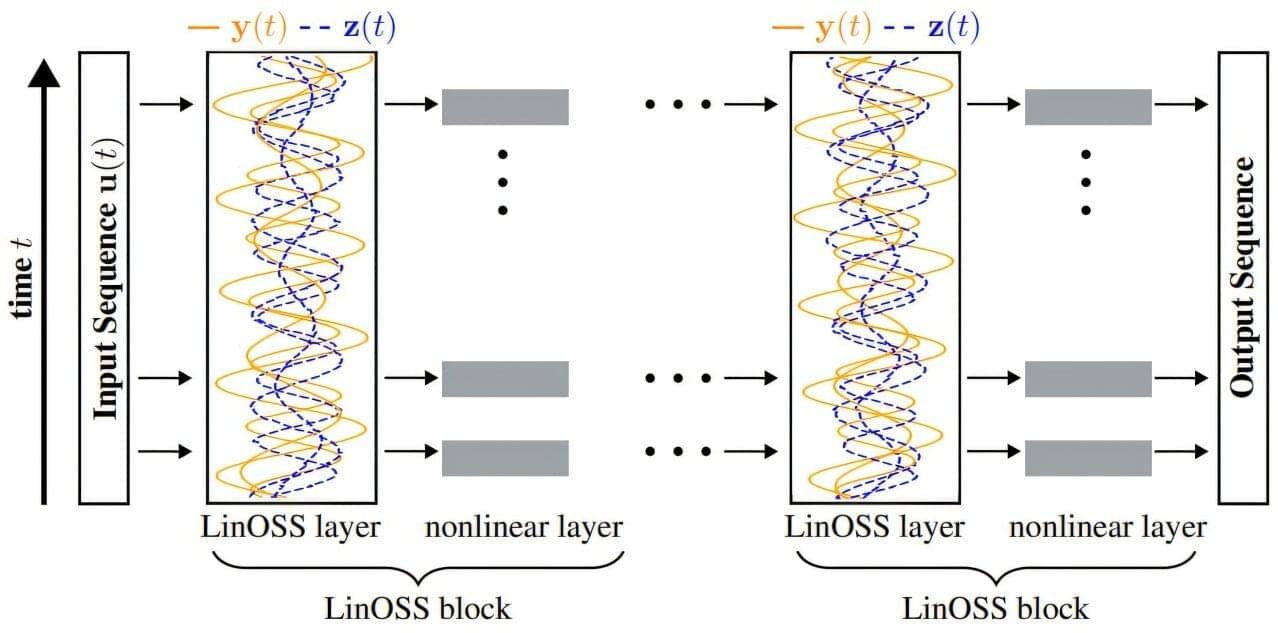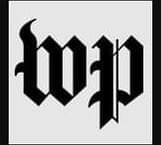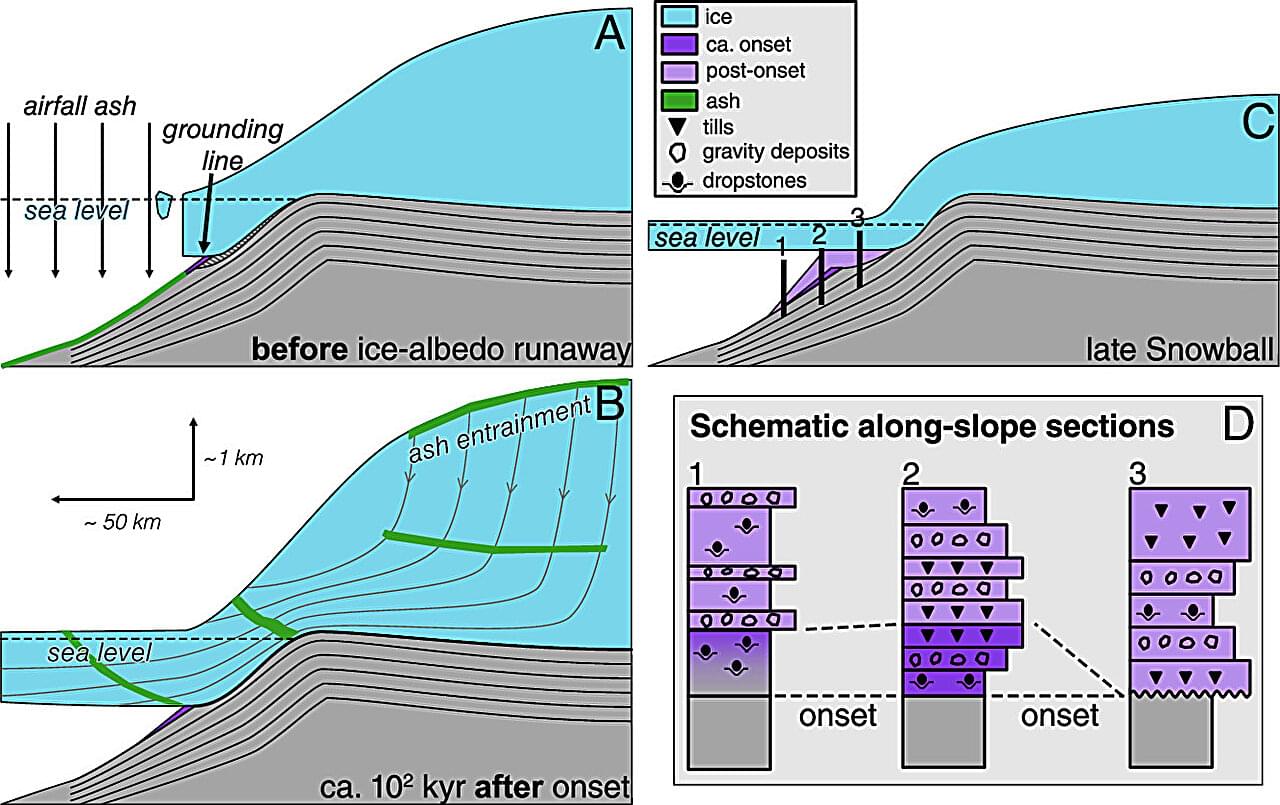Researchers from MIT’s Computer Science and Artificial Intelligence Laboratory (CSAIL) have developed a novel artificial intelligence (AI) model inspired by neural oscillations in the brain, with the goal of significantly advancing how machine learning algorithms handle long sequences of data.
AI often struggles with analyzing complex information that unfolds over long periods of time, such as climate trends, biological signals, or financial data. One new type of AI model called “state-space models” has been designed specifically to understand these sequential patterns more effectively. However, existing state-space models often face challenges—they can become unstable or require a significant amount of computational resources when processing long data sequences.
To address these issues, CSAIL researchers T. Konstantin Rusch and Daniela Rus have developed what they call “linear oscillatory state-space models” (LinOSS), which leverage principles of forced harmonic oscillators—a concept deeply rooted in physics and observed in biological neural networks.







